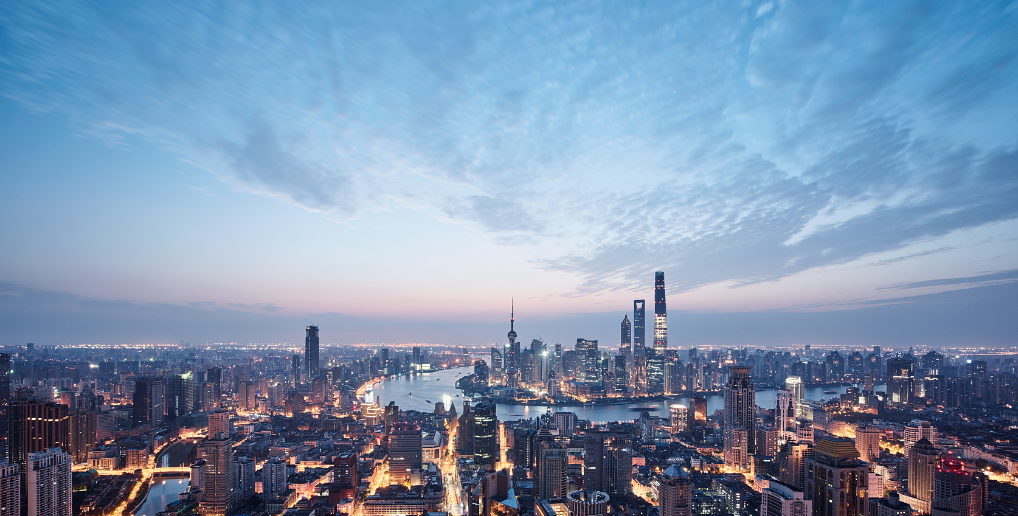Impact of Typhoon "Mangkhut" on Facade of Buildings in Hong Kong, Shenzhen and Guangdong (1)
Around 5p.m. on September 16, 2018, the 22nd typhoon of this year, Mangkhut, known as the "Wind King", landed in Haiyan Town, Taishan City, Jiangmen City, Guangdong Province (wind force 14, 45m/s, equivalent to 162 km/h), with a minimum central pressure of 955hPa. Known as the "strongest typhoon" in decades, it swept northward from Southeast Asia to Hong Kong, then northward, transiting Shenzhen and heading for Nanning. As of 11:00 on the 19th, Typhoon Mangkhut had affected 3.289 million people in Guangdong, Guangxi, Hainan, Hunan, Guizhou and Yunnan provinces (regions), killing 6 people, collapsing more than 1300 houses and causing a direct economic loss of 5.3 billion yuan.
How much harm has the rampant "Mangkhut" done to the facades of buildings in the mountainous areas of Hong Kong, Shenzhen and Guangdong? What is the root cause of the damage to the facade of the building? What aspects should be paid attention to in the design of facades of buildings in typhoon-affected areas? To answer these questions, after the "Mangkhut" went away, the research team of FORCITIS Engineering Consulting Co., Ltd. conducted a field investigation on the damage of building facades in Guangdong, Hong Kong and Shenzhen from September 17 to 19.

Route of Typhoon Mangkhu
On September 18, 2018, the team arrived in Guangzhou. At this time, everything in Guangzhou returned to normal after the rain. Compared with the damage of "Mangkhut" to trees and municipal facilities, the building curtain walls were still intact and there were no signs of damage.

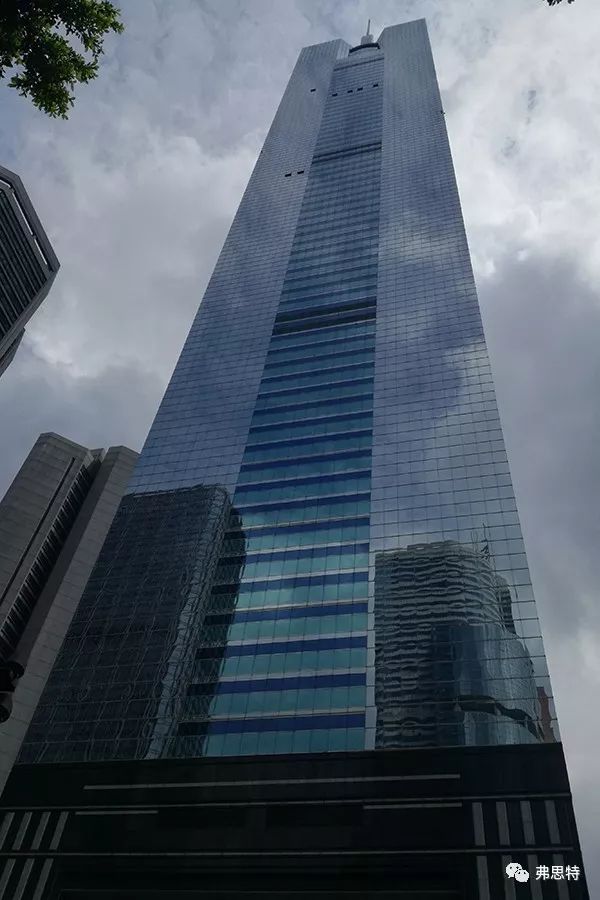
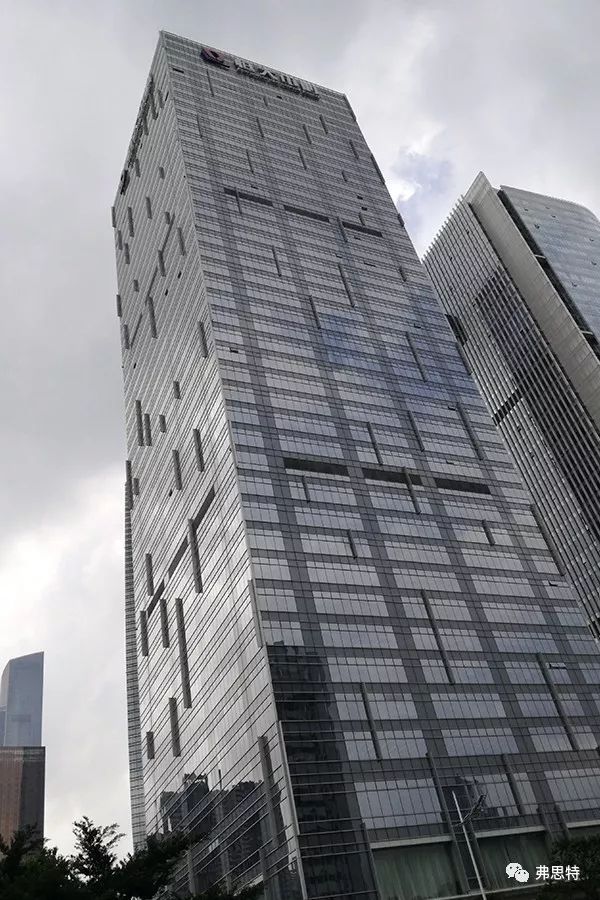
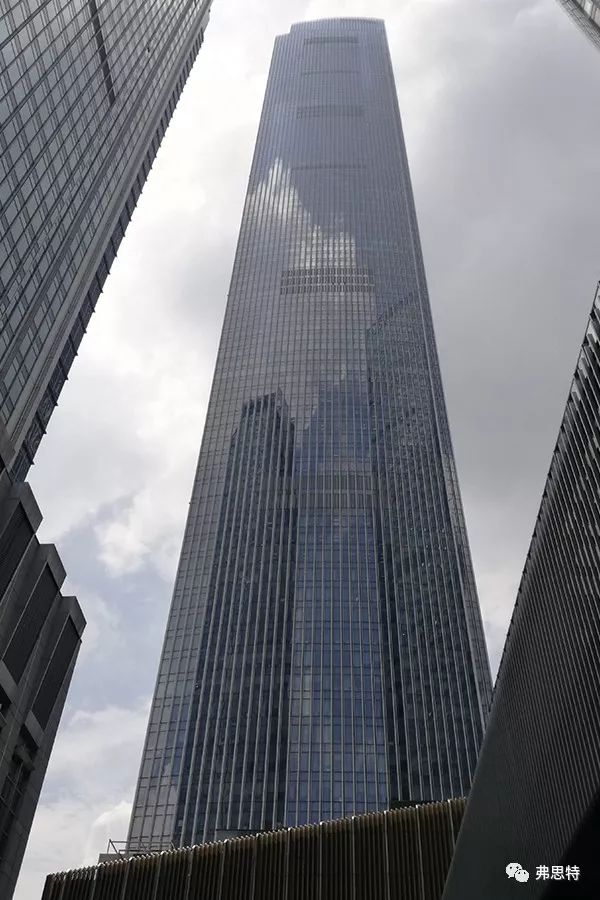

Only a few building curtain walls showed signs of damage, and the management has taken emergency measures.
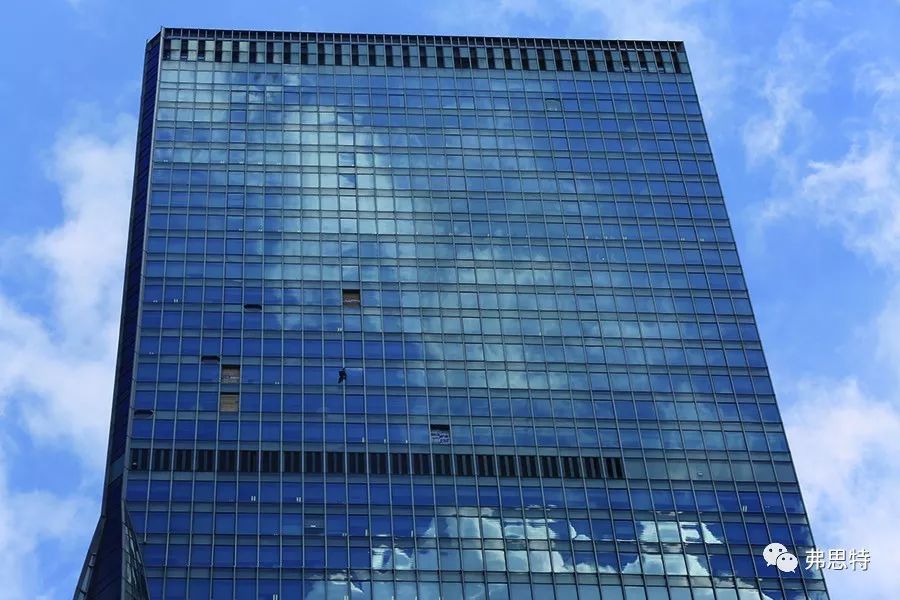
On September 17 and 19, the investigation team inspected the situation in Shekou, Futian and Qianhai of Shenzhen. The damage in Shenzhen was more serious than in Guangzhou, where many fallen trees could still be seen across the road. Mangkhut is the strongest typhoon affecting Shenzhen since 1983, according to the Shenzhen Meteorological Observatory.

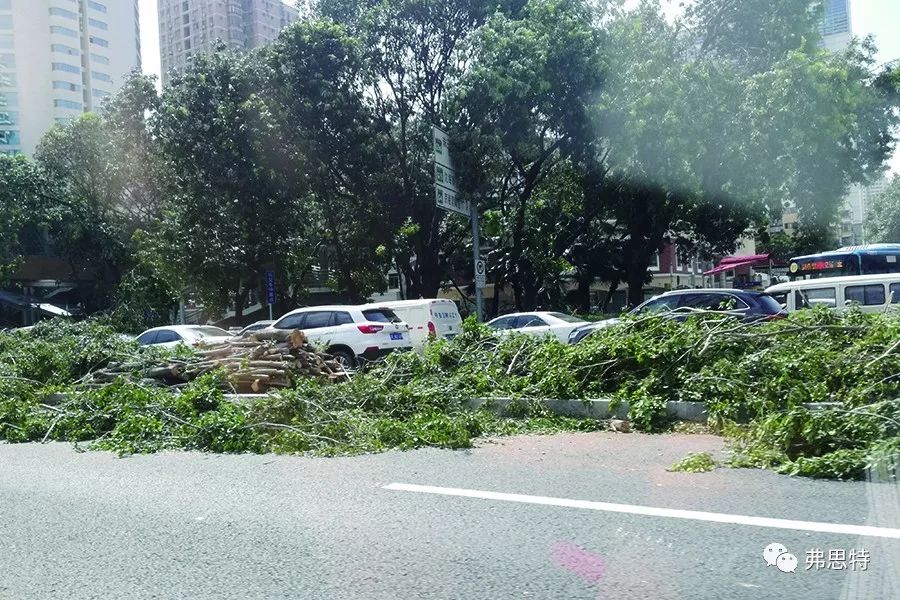
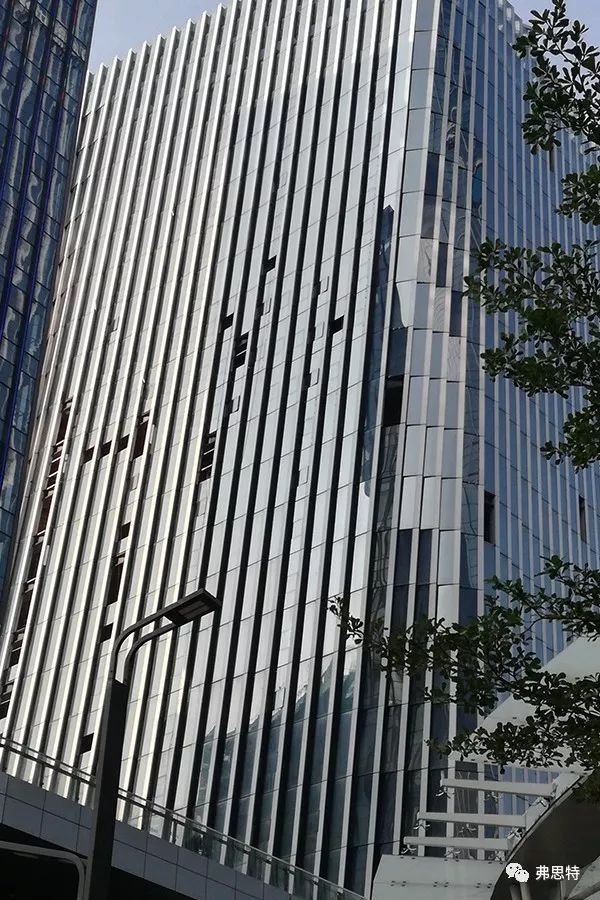
The curtain wall glass of many buildings in Futian District and Qianhai District was damaged, most of which were falling of window sashes.
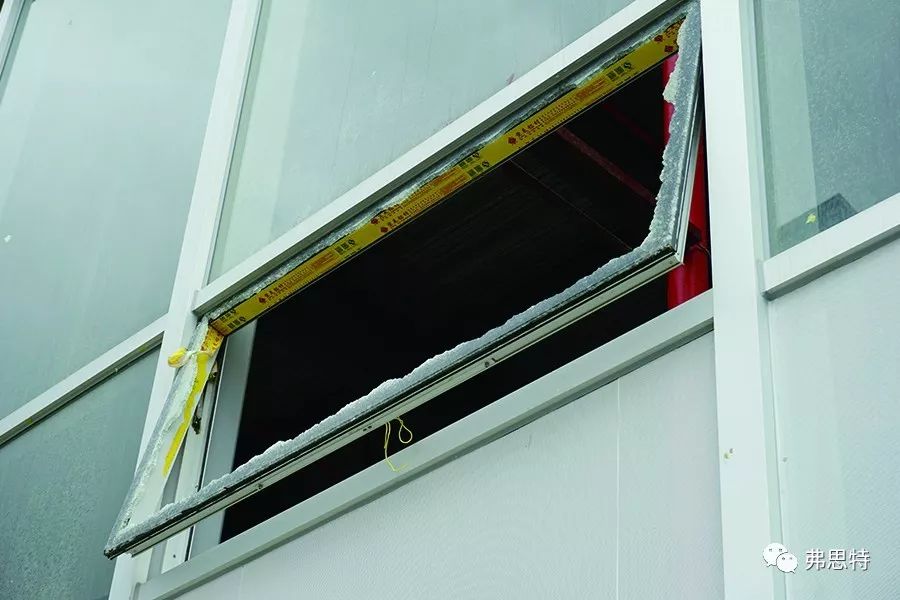
Broken window sash glass of curtain wall
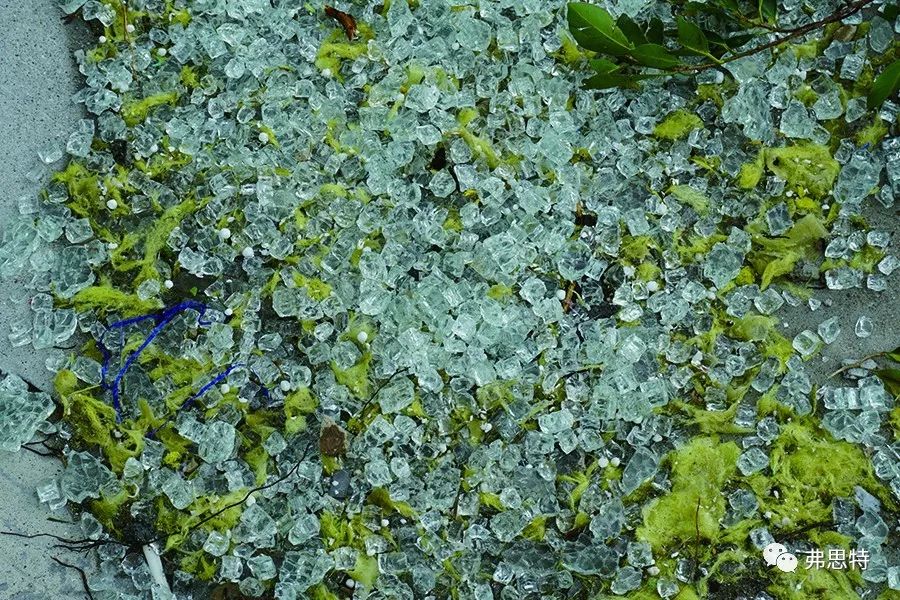
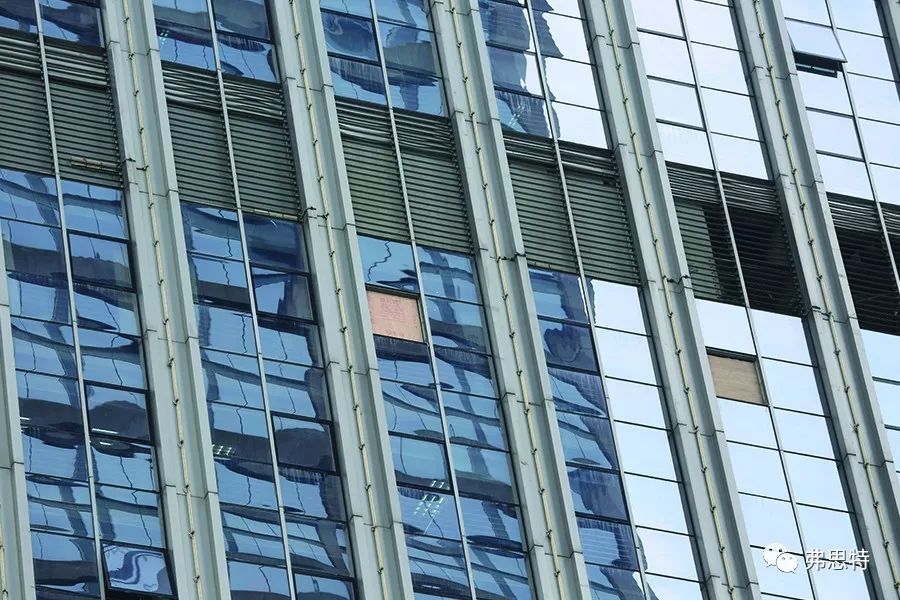
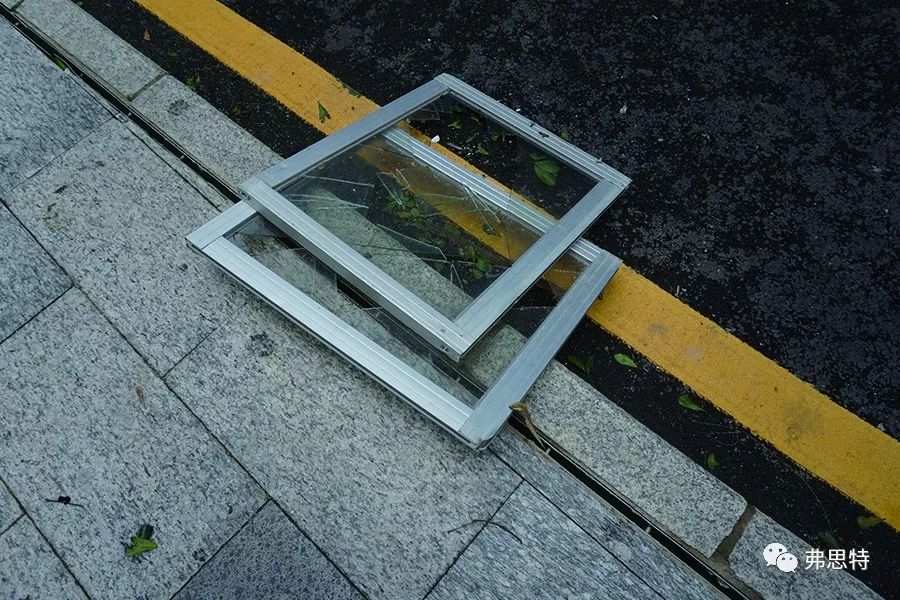
Falling of aluminum alloy window sash

Falling of individual unit plates
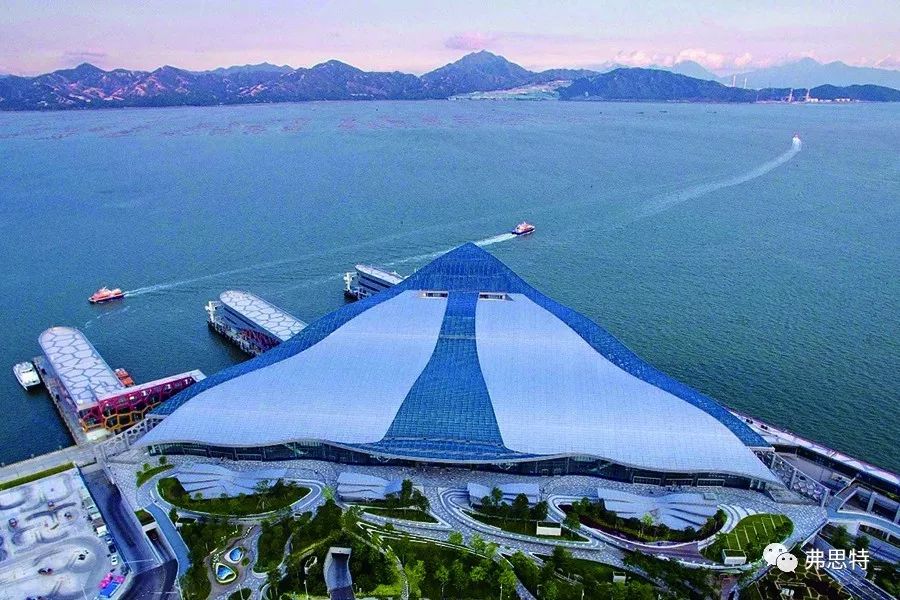
Shenzhen Shekou Cruise Center
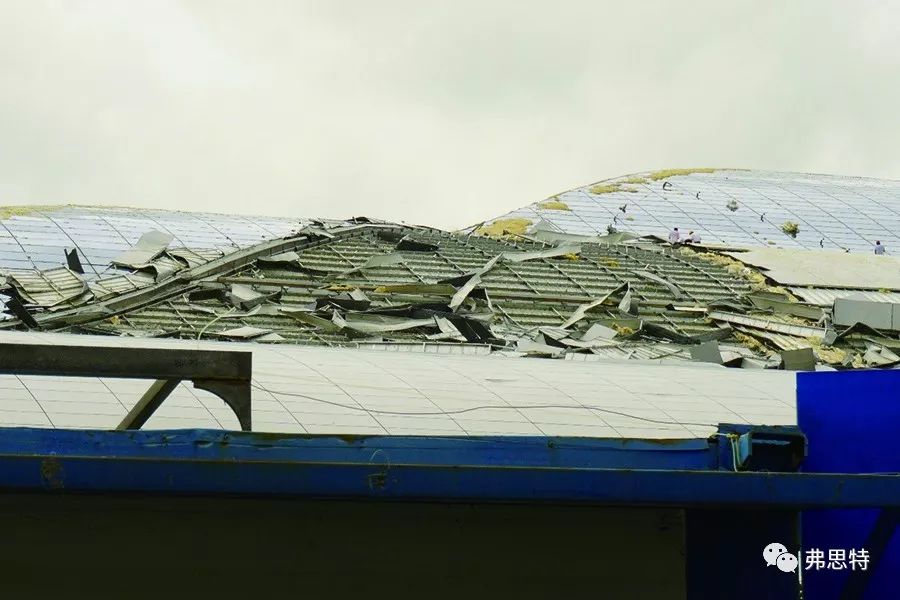
Shekou Cruise Center after "Mangkhut" passed through
Typhoon Mangkhut swept northward from Southeast Asia to Hong Kong, and the facades of Hong Kong's buildings were severely tested. A group of members of our research team visited Hong Kong on September 19.
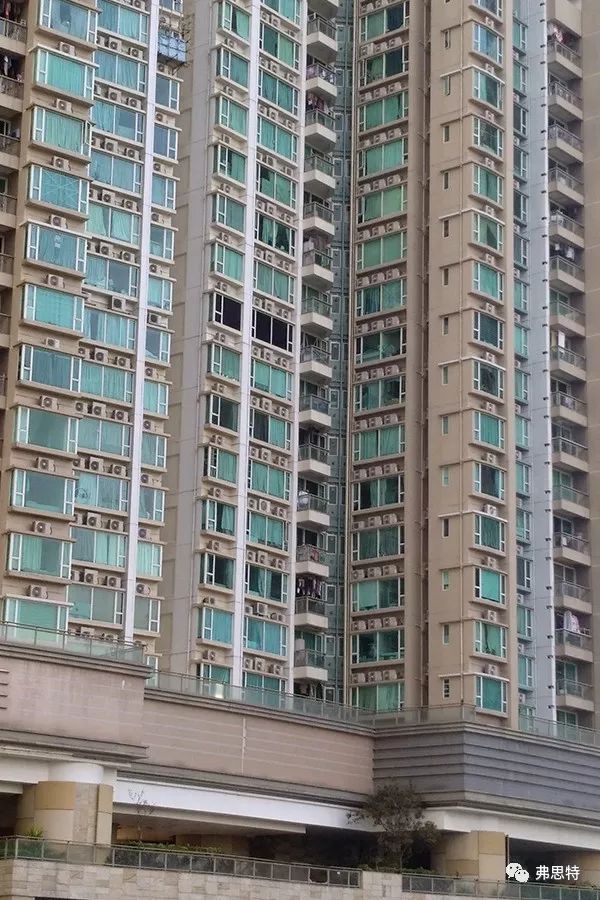
The first group of communities blocking the route of Mangkhut were Heng Fa Chuen in Chai Wan on Hong Kong Island and Sunrise Cannes in eastern Kowloon, both of which were among the worst-hit areas in Hong Kong this time.
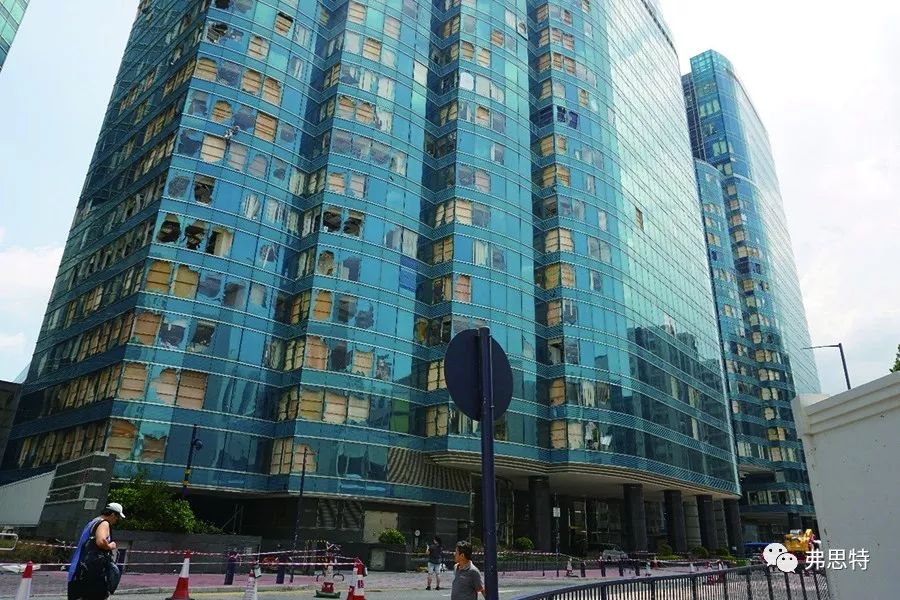
Mangkhut swept over Chai Wan and hit the waterfront Plaza in Hung Hom, where the curtain wall of the building was the most severely damaged and the building was devastated.


In the future, we will make a specific analysis of the observed phenomena and find out the causes of the problems, so as to guide the future design and construction. Please continue to pay attention.








